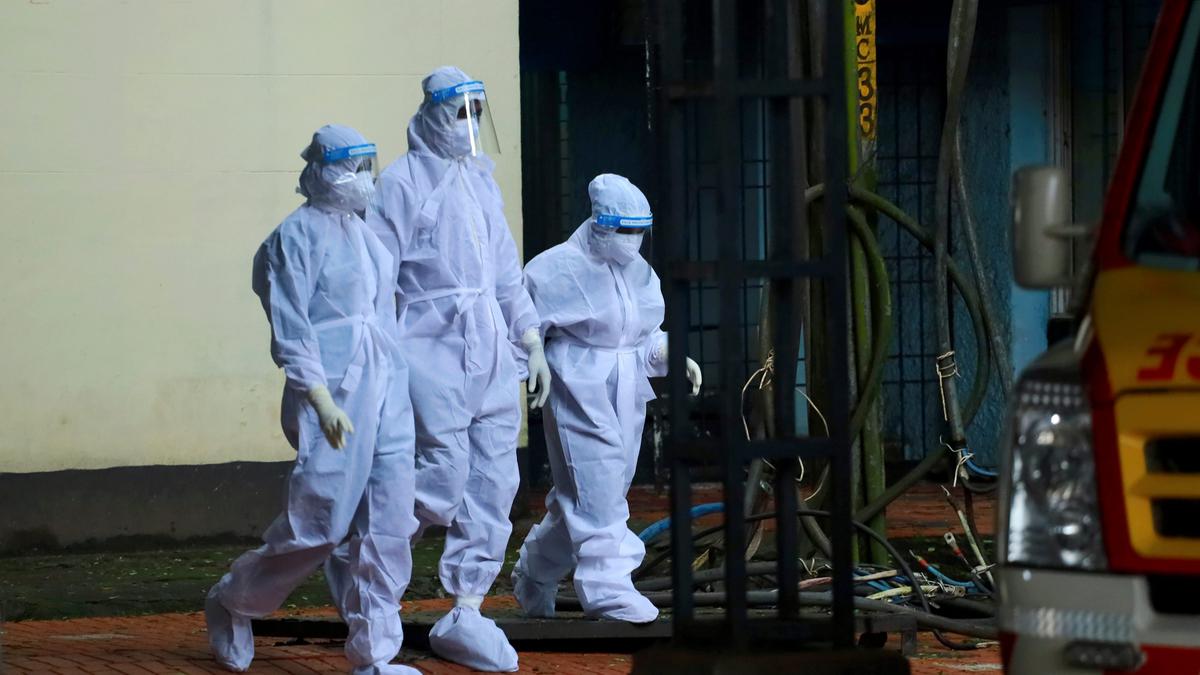Researchers have achieved a significant breakthrough in combating the Nipah virus through a new method to generate virus-like particles (VLPs). This innovative approach holds promise for accelerating the development of antibodies, which are crucial for effective treatments and preventive measures against the virus.
Nipah Virus Overview
The Nipah virus is known for causing severe respiratory and neurological diseases in humans. It poses a major public health concern due to its high mortality rate and the absence of specific treatments or vaccines. Traditional methods of studying the virus and developing countermeasures have been challenging due to its high pathogenicity and associated biosecurity risks.
Development of Virus-Like Particles (VLPs)
The newly developed method involves creating VLPs that mimic the structure of the Nipah virus without containing its genetic material. These VLPs are non-infectious and safe to handle in laboratory settings, allowing researchers to study the virus’s characteristics and interactions with the immune system without the associated risks.
Advantages of VLPs
Dr. Jane Smith, the lead scientist on the project, highlighted the significance of this breakthrough. By using VLPs, researchers can safely and effectively develop antibodies, potentially leading to new treatments and preventive strategies. The production of VLPs streamlines the process of antibody development by allowing researchers to focus on the virus’s outer proteins, key targets for neutralizing antibodies. This method enhances safety and improves the efficiency and precision of research efforts.
Implications for Public Health
As the threat of Nipah virus outbreaks persists, the scientific community is hopeful that this advancement will contribute to more robust public health defenses. Ongoing research and collaboration will be essential to translate these findings into practical medical applications, potentially saving countless lives in regions affected by the virus.
Multiple Choice Questions (MCQs):
- What is the significant breakthrough announced by researchers in the fight against the Nipah virus?
a) Development of a vaccine
b) Creation of a new antiviral drug
c) Development of a new method to generate virus-like particles (VLPs)
d) Discovery of a natural immunity to the virus
Answer: c) Development of a new method to generate virus-like particles (VLPs) - What are virus-like particles (VLPs) in the context of Nipah virus research?
a) Actual virus particles containing genetic material
b) Non-infectious particles that mimic the virus structure
c) Natural antibodies against the virus
d) Mutated forms of the Nipah virus
Answer: b) Non-infectious particles that mimic the virus structure - Why is the development of VLPs considered a breakthrough in Nipah virus research?
a) They provide a cure for the virus
b) They are easier to produce than the actual virus
c) They allow safe study and development of antibodies without biosecurity risks
d) They eliminate the virus from the environment
Answer: c) They allow safe study and development of antibodies without biosecurity risks - According to Dr. Jane Smith, what is the potential benefit of using VLPs in research?
a) They can be used to treat other viruses as well
b) They enhance the production of vaccines
c) They enable safe and effective development of antibodies for new treatments and preventive strategies
d) They reduce the cost of research significantly
Answer: c) They enable safe and effective development of antibodies for new treatments and preventive strategies - What is a key target for neutralizing antibodies in the research involving VLPs?
a) The virus’s genetic material
b) The virus’s outer proteins
c) The virus’s replication mechanism
d) The virus’s transmission pathways
Answer: b) The virus’s outer proteins
